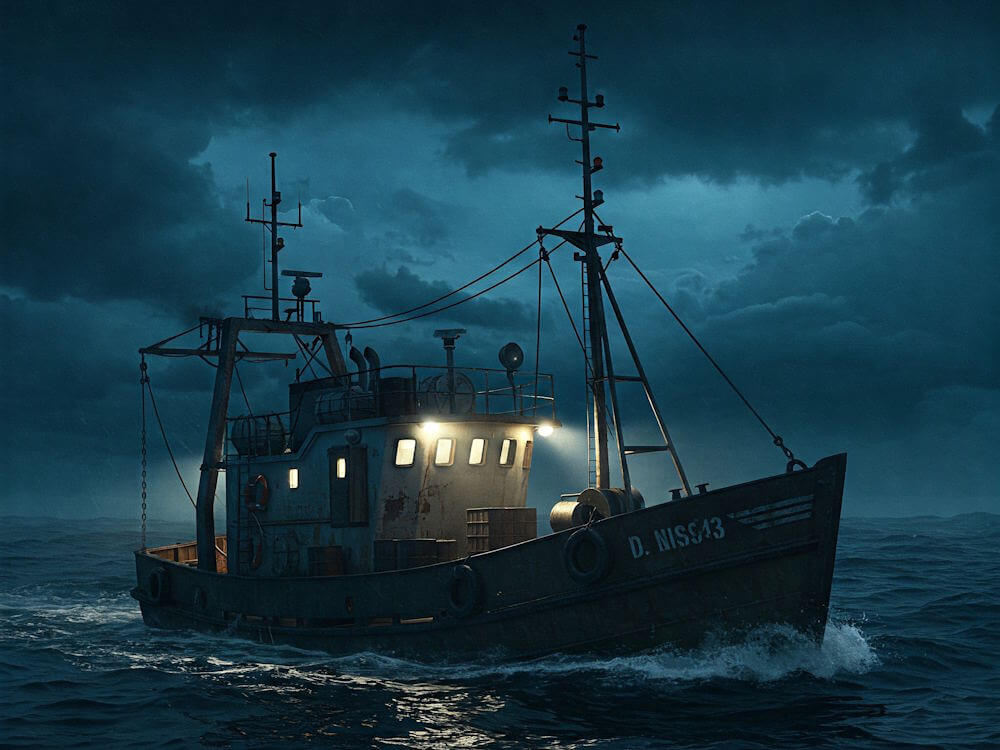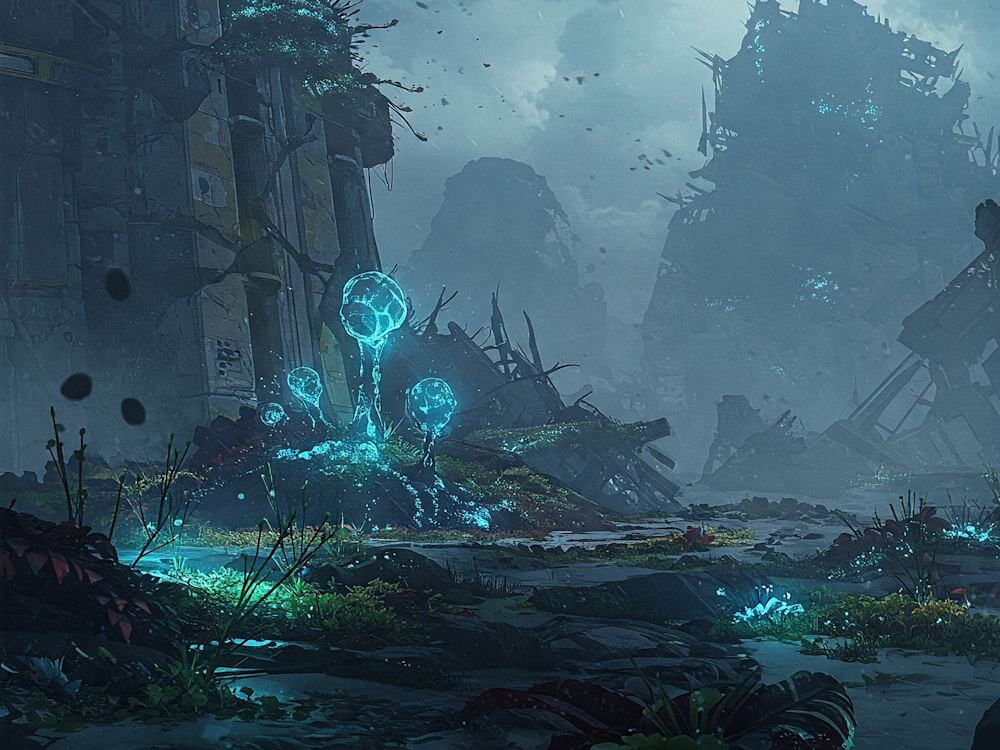Dredging is a critical activity within the fishing industry, essential for the extraction of marine resources from the ocean floor. This process involves the use of specialized equipment designed to gather various forms of marine life, including shellfish, mollusks, and other organisms that thrive on or beneath the seabed. The technique not only supports commercial fishing operations but also serves ecological and environmental management purposes, enabling the maintenance and restoration of aquatic habitats.
At its core, dredging entails the removal of sediments and underwater materials, which can often lead to the unearthing of rich marine ecosystems. Various dredging methods are employed, including hydraulic and mechanical dredging, each serving distinct purposes depending on the target species and conditions of the fishing grounds. Hydraulic dredging utilizes pressurized water to dislodge marine organisms, allowing them to be collected efficiently. In contrast, mechanical dredging employs a physical mechanism, such as a drag or bucket, to extract marine life from the ocean floor.
The importance of dredging extends beyond mere resource extraction; it plays a pivotal role in sustaining fishing industries and enabling local economies to thrive. By harvesting organisms that are essential for culinary and market demands, dredging supports employment opportunities and food security in coastal communities. However, there are environmental concerns associated with this practice. Overfishing and habitat disruption are possible byproducts of indiscriminate dredging, necessitating regulatory measures to ensure the long-term sustainability of marine ecosystems.
In summary, dredging is an integral aspect of the fishing industry that involves the careful and efficient collection of marine life from the ocean floor. By understanding the methods and implications of dredging, stakeholders can better appreciate its significance and navigate the challenges posed by environmental conservation and resource management.
The Art of Dredging: Techniques and Equipment
Dredging is an essential technique in various fisheries, utilized for harvesting aquatic resources from the seabed. Different types of dredges are employed based on the specific demands of the fishery and environmental conditions. The two primary categories of dredges are mechanical and hydraulic. Mechanical dredges operate by employing a bucket-like mechanism that scoops up material from the seafloor, making them particularly effective in hard or rocky substrates. This method is often favored for its targeted retrieval capabilities, especially in fisheries where larger mollusk species, such as clams, are the focus.
On the other hand, hydraulic dredges utilize water to dislodge and pick up marine organisms and sediment. The effectiveness of hydraulic dredges lies in their ability to navigate softer substrates, allowing for efficient extraction of bivalves and other species. These dredges function by creating a suction effect, drawing material into a separation chamber where the desirable catch is sorted from unwanted debris. This method is particularly advantageous in environments where the seabed is less stable.
Selecting the appropriate dredging gear is crucial for maximizing efficiency and sustainability. Key factors to consider include the type of fishery, the seafloor conditions, and the target species. It is imperative to regularly maintain dredging equipment to ensure its longevity and effectiveness. Proper care involves routine inspections, cleaning debris from the gear, and ensuring that all mechanical components are functioning optimally. Additionally, being mindful of the potential environmental impact of dredging activities is essential. Employing best practices can help mitigate damage to underwater ecosystems, thus promoting responsible fishing.
In conclusion, the techniques and equipment used in dredging play a pivotal role in the success of various fisheries. By understanding the strengths of both mechanical and hydraulic dredges, along with the importance of maintenance and environmental considerations, fishery operators can enhance their operational effectiveness and sustainability.
Ecological Impact of Dredging
Dredging, a common practice within commercial fishing and maritime industries, involves the removal of sediments from the bottom of water bodies. While it is vital for maintaining navigational channels and facilitating fishing operations, it poses significant ecological risks. One of the primary consequences of dredging is habitat disruption. The process often destroys essential marine habitats, including seagrass beds, coral reefs, and the benthic environment, which serves as a crucial breeding ground for various marine species.
The impact of dredging on fish populations can be profound. As sediments are disturbed, they can release pollutants that were previously trapped, leading to decreased water quality. This decline in water quality adversely affects fish health, reproduction, and behavior, potentially causing a long-term decline in populations. Furthermore, the physical reshaping of the seabed alters natural food sources and spawning areas, making it difficult for some fish species to thrive, which can have cascading effects throughout the entire ecosystem.
Beyond immediate ecological consequences, dredging raises long-term sustainability concerns. Repeated dredging can lead to shifts in biodiversity and ecological balance within marine ecosystems. These changes may result in the dominance of more resilient or invasive species, further diminishing the health of native populations. To address these ecological impacts, various regulatory measures have been developed. Agencies globally have established guidelines aimed at minimizing harm during dredging operations, including the use of best management practices and environmental assessments prior to project approval.
In light of the ecological implications associated with dredging, it is critical that stakeholders demonstrate a commitment to sustainable practices. Balancing the benefits of navigation and fishing with the need to protect vulnerable ecosystems is essential for preserving marine environments for future generations.
Understanding the Fear: Risks of Dredging
Dredging is a common practice in the fishing industry, but it often brings with it a suite of fears and concerns that touch on both ecological risks and occupational hazards. Fishermen frequently face a variety of occupational dangers, primarily stemming from the use of heavy equipment and machinery in challenging environments. Accidents in dredging operations can lead to serious injuries or fatalities, with the most notable risks including equipment failure, capsizing, and collisions. These risks are exacerbated by the often unpredictable nature of the waters where dredging occurs, further adding to the trepidation experienced by those in the field.
Additionally, dredging contributes to a broader ecological concern that can also instill fear in the fishing community. This practice can result in significant alterations to the marine ecosystem, leading to habitat destruction and changes in the distribution of fish populations. It can also stir anxiety among fishermen regarding the sustainability of their livelihoods, as over-dredging may ultimately diminish fish stocks and disrupt the intricate balance of the local marine environment. The removal and disturbance of the sediment can introduce pollutants and toxins into the water, further degrading the ecological health of fishing grounds.
Fishermen not only grapple with the immediate dangers associated with dredging but also the long-term consequences of their operational methods, which may evoke apprehension about their future in the industry. Concerns about dwindling fish populations, potential regulations, and environmental backlash can exacerbate the stress levels of those engaged in this line of work. As individuals navigating the often perilous waters of dredging operations, the fears surrounding both occupational hazards and environmental impacts necessitate careful consideration and proactive management efforts within the fishing community.
The Unknown: Discovering Hidden Treasures and Dangers
Dredging, while primarily associated with deepening waterways or removing silt, often unveils a world teeming with unexpected discoveries and hidden dangers beneath the surface. One of the most fascinating aspects of dredging is the potential to uncover rare marine species, which can be both a boon to biological research and a reminder of the fragile ecosystems existing underwater. Dredgers often encounter unique organisms that defy the traditional understanding of marine biodiversity, providing valuable data that can enhance conservation efforts. Discoveries such as previously undocumented species, some of which may possess extraordinary adaptations, highlight the importance of dredging not only as a practical activity but also as a portal into the mysteries of marine life.
However, the unknown elements of dredging do not solely pertain to exciting findings. There exists a significant risk associated with this activity, including the unearthing of marine debris that can pose environmental hazards. Items such as discarded fishing gear, plastics, and other man-made debris can be harmful to marine fauna and flora. Meeting these challenges requires effective management solutions that incorporate sustainable dredging practices. Consequently, dredgers must remain vigilant regarding the ecological footprint of their operations. This vigilance extends to the awareness of unpredictable currents, which can create perilous conditions. Navigating through these waters necessitates both skill and caution, as changes in currents can emerge suddenly, complicating the dredging process and endangering crews.
Ultimately, the unknown elements of dredging encompass a dual reality: the thrill of unearthing hidden treasures and the significant dangers that lie beneath the surface. Every dredging operation represents an engagement with this duality, presenting opportunities for discovery while demanding respect for the inherent risks involved. These facets make dredging a complex undertow of adventure and caution, reminding all who participate that the depths hold both marvels and perils waiting to be encountered.
Cultural Perspectives on Dredging
Dredging is not merely an industrial activity but a practice deeply entrenched in the cultural fabric of various communities around the globe. Throughout history, many fishing communities have relied on dredging as a means to access vital aquatic resources, thus shaping their cultural identities. For instance, in coastal towns of North America, dredging has traditionally been viewed as a rite of passage, whereby families pass down knowledge and skills related to this practice, fostering a strong sense of community and identity.
In the Mediterranean fishing communities, dredging has ancient roots, with fishermen employing unique dredging methods that reflect their cultural heritage and respect for marine environments. These methods often involve handcrafted tools and techniques that have been refined over generations, illuminating the relationship between cultural practices and sustainable fishing. Stories told by fishermen about their experiences dredging evoke a sense of pride, linking individual stories to the broader cultural narrative of resilience and adaptation.
Conversely, opinions surrounding dredging are not universally positive. In some cultures, dredging is associated with environmental degradation and the collapse of traditional fishing grounds. Communities dependent on healthy ecosystems often voice concerns over how modern, mechanized dredging practices can disrupt the delicate balance of marine life, threatening their livelihoods and cultural practices. There are narratives that highlight the repercussions of these changes, emphasizing a shift in the collective identity of these groups as they grapple with the loss of fishing traditions due to external pressures.
Ultimately, dredging’s cultural implications are multifaceted, reflecting both the historical significance and the contemporary practices within fishing communities. Examining these perspectives enriches our understanding of the complex relationship between humans and their aquatic environments, highlighting the need for inclusive dialogue about dredging’s future and its role within these cultures.
Technological Innovations in Dredging
Technological advancements have significantly transformed dredging practices, enhancing both safety and productivity while minimizing environmental impact. One of the most notable innovations is the use of sonar technology, which has revolutionized sea floor mapping. By employing high-resolution sonar systems, operators can create detailed three-dimensional models of the underwater landscape. This capability allows for precise planning and execution of dredging operations, reducing uncertainty and enhancing efficiency. Accurate mapping is essential for identifying dredging locations, assessing sediment types, and avoiding potential hazards.
In addition to sonar technology, the development of more efficient dredging tools, such as automated dredgers, has improved operational safety and output. These advanced tools are designed to operate with higher precision and reliability, reducing the likelihood of accidents and increasing the speed of sediment removal. For instance, hydraulic dredges equipped with sophisticated control systems can respond dynamically to changing conditions, ensuring consistent performance in various environments. This innovation is particularly valuable in shallow-water settings where traditional dredging methods can be cumbersome and risky.
Moreover, emerging technologies are contributing to a substantial reduction in the environmental impact of dredging activities. The integration of real-time monitoring systems allows dredging operators to track the effects of their operations on marine ecosystems. This data can inform adaptive management strategies aimed at minimizing disturbances to aquatic life and sediment dispersion. Furthermore, many modern dredging vessels are being designed with eco-friendly practices in mind, incorporating features such as energy-efficient engines and pollution control systems. These advancements not only serve to enhance operational efficiency but also align with growing environmental regulations and public expectations for sustainable practices in marine industries.
Future of Dredging: Trends and Predictions
The future of dredging will inevitably be shaped by various current trends and emerging challenges. As the demand for marine resources continues to grow, there is a heightened need to balance fishing requirements with environmental protection. This balance is crucial as fisheries worldwide face increasing pressures from overfishing and habitat degradation. Dredging plays a pivotal role in managing navigable waterways, which often intersect with vital fishing grounds. Consequently, the industry must adopt sustainable practices that meet the needs of both fishermen and environmental advocates.
Climate change is another significant factor influencing the future landscape of dredging. Rising sea levels, changing ocean temperatures, and increased storm intensity are altering marine environments and the distribution of fish species. Dredging operations must adapt to these shifts by implementing adaptive management strategies that consider the changing ecosystem dynamics. These strategies may include altered dredging schedules, specific gear modifications, and more robust environmental assessments to mitigate impacts on marine life.
The dredging industry is also witnessing technological advancements that contribute to greater efficiency and environmental compliance. The integration of automated systems and real-time monitoring technologies is enhancing the ability to perform dredging operations more effectively while minimizing ecological disturbances. These innovations allow for better decision-making and the ability to respond quickly to unexpected ecological changes, ultimately fostering a more responsible approach to dredging practices.
Moreover, stakeholders are increasingly prioritizing community engagement and transparency in dredging projects. Engaging with local fishing communities and environmental organizations can lead to better outcomes for all parties involved. As the industry evolves, the successful navigation of the complexities between fishing needs, environmental sustainability, and technological advancements will be essential in shaping the future of dredging.
Conclusion: Navigating the Sea of Uncertainty
In examining the multifaceted nature of dredging, it becomes apparent that this practice embodies a complex interplay between fishing, ecological responsibility, and the unpredictable elements of marine ecosystems. Dredging, primarily associated with seabed mining and habitat alteration, has profound implications not only for marine life but also for the fishing industry that depends on stable and healthy ocean environments.
The role of dredging in fishing cannot be overlooked. It often leads to the disturbance of habitats that are crucial for fish populations, impacting their reproduction and feeding grounds. Consequently, this raises significant concerns among communities engaged in fishing as they navigate the uncertain waters created by such interventions. A sensitive balance must be struck to ensure sustainable fishing practices while recognizing the necessity of dredging in certain contexts, such as improving navigation and maintaining ports.
Furthermore, the ecological ramifications of dredging extend beyond immediate disruptions. The long-term consequences for biodiversity and the stability of marine ecosystems must be thoroughly considered. Understanding the unknown variables associated with dredging practices, such as the potential for increased sedimentation and changes in water quality, is essential for fostering a responsible approach to marine resource management. Stakeholders, including policymakers, scientists, and the fishing community, must collaborate to navigate these challenges effectively.
As we consider the future of dredging, it is crucial to reflect on the delicate balance we must maintain. The interplay between industry needs and ecological stewardship presents both opportunities and challenges. By balancing economic interests with environmental protection, we can aspire to a more sustainable approach that accommodates the various dimensions of marine utilization while recognizing the importance of preserving our oceans for future generations.




